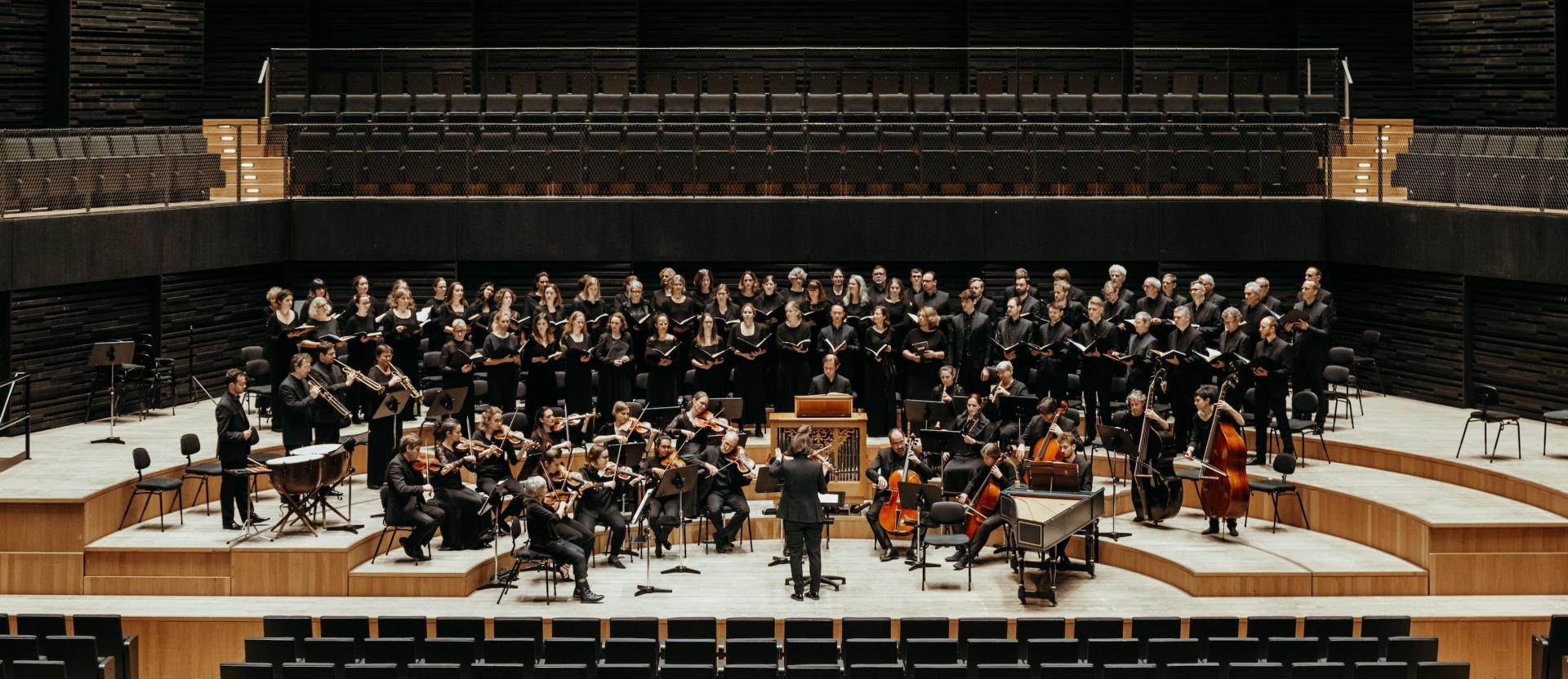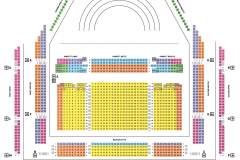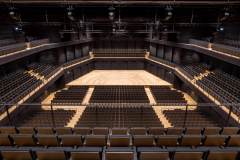Handel, Messiah
January 2025 | ||||||
|---|---|---|---|---|---|---|
Mo | Tu | We | Th | Fr | Sa | Su |
Georg Friedrich Handel's "Messiah," composed in 1741, is both a myth and a monument of Western culture. The three-part oratorio deals with the miracle of Christmas, Good Friday, and Easter, encompassing the birth, death, and resurrection of the Messiah. Initially, Handel did not want to compose the oratorio; disappointed by the failures of his operas "Imeneo" and "Deidamia," he intended to take a break. However, librettist Charles Jennens convinced him to participate in a concert series in Dublin. Consequently, Handel composed "Messiah," a work lasting nearly two and a half hours, in just 24 days—a remarkable achievement that was finally met with success.
Today, "Messiah" is an indispensable part of the concert repertoire. Thus, the new year for the Munich Bach Choir also begins with this musical monument: Together with the Munich Bach Orchestra under the direction of Johanna Soller, the artists in the Isarphilharmonie aim to send a message of hope. "I would regret it if I only entertained the audience. I wanted them to feel better," said Handel about his motivations for performing oratorios. Hallelujah!
Program and cast
Munich Bach Orchestra
Munich Bach Choir
Carine Tinney, Soprano
Grace Durham, Mezzo-soprano
Laurence Kilsby, Tenor
Peter Harvey, Baritone
Johanna Soller, Conductor
Program
Handel: "The Messiah" – Oratorio for Soloists, Choir, and Orchestra
Isar Philharmonic
Isarphilharmonie
Munich’s most modern concert hall
Since the Isarphilharmonie opened in October 2021, it has quickly gained a reputation for its special atmosphere and excellent sound. The list of orchestras performing here reads like a veritable Who’s Who, headed by the Munich Philharmonic, the Bavarian Radio Symphony Orchestra and the Munich Chamber Orchestra. High profile concert agencies see the auditorium as the perfect place for guest appearances by national and international orchestras and it also hosts jazz productions and large-scale popular music concerts of all genres.
But the Isarphilharmonie also has another string to its bow: it can be blacked out, making it the ideal venue for film screenings – with or without orchestral accompaniment. The auditorium is equipped with a large screen and top-class cinematic sound systems.
Architecture & acoustics
The building that houses the Isarphilharmonie is a steel structure with an internal volume of nearly 60,000 cubic metres. The concert hall itself can accommodate almost 2000 guests and is made from prefabricated solid wood elements. The walls are clad with black-stained softwood panels, while the stage and floors are made from light cedar wood for a striking contrast. The Isarphilharmonie at Gasteig HP8 was built by the general contractor NÜSSLI to the plans of architects gmp – Gerkan, Marg und Partner.
The Isarphilharmonie acoustics were created by Nagata Acoustics International – the team led by star acoustician Yasuhisa Toyota – who were also involved with the construction of the Elbphilharmonie Hamburg and the Philharmonie de Paris.

 EN
EN DE
DE IT
IT FR
FR ES
ES RU
RU JP
JP RO
RO
 Seating plan
Seating plan 